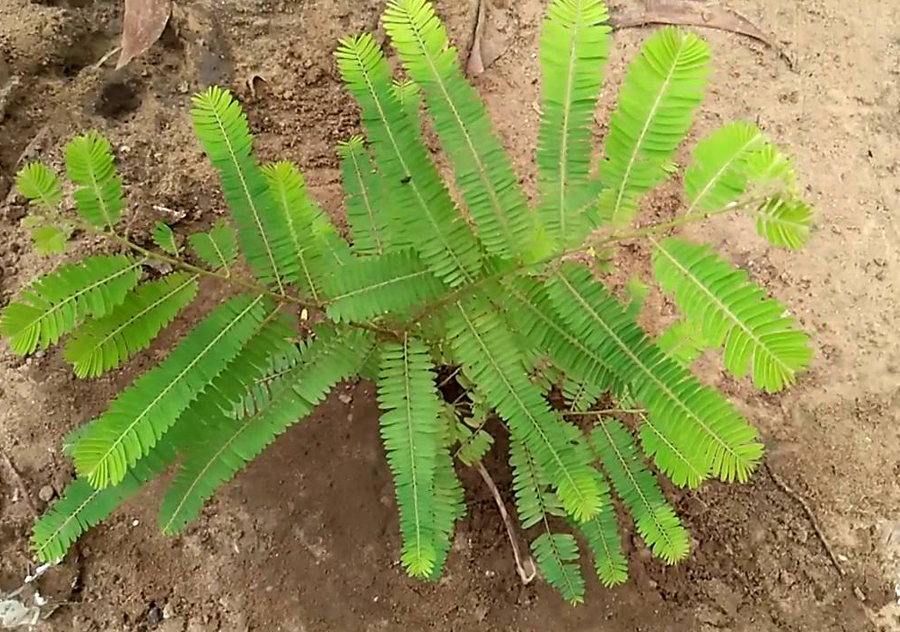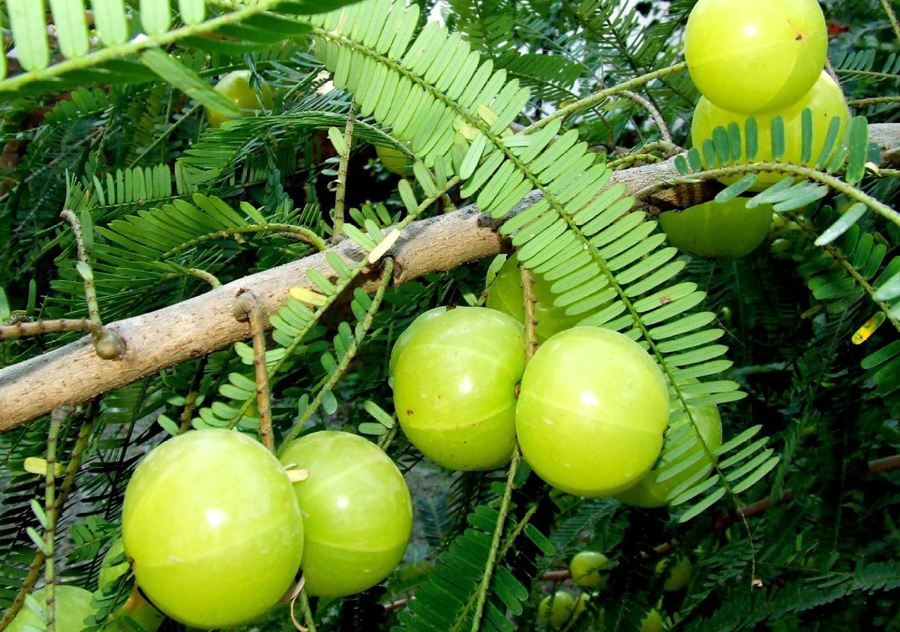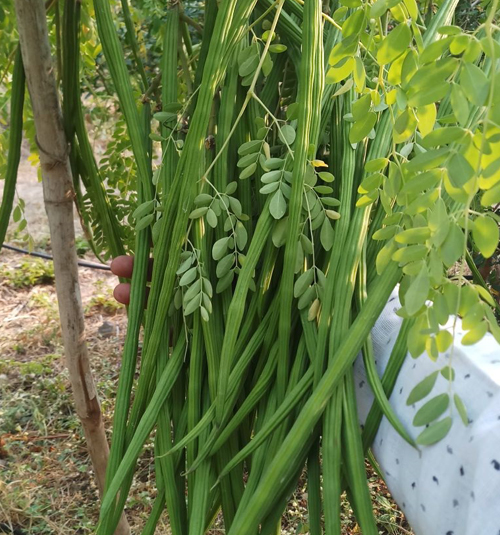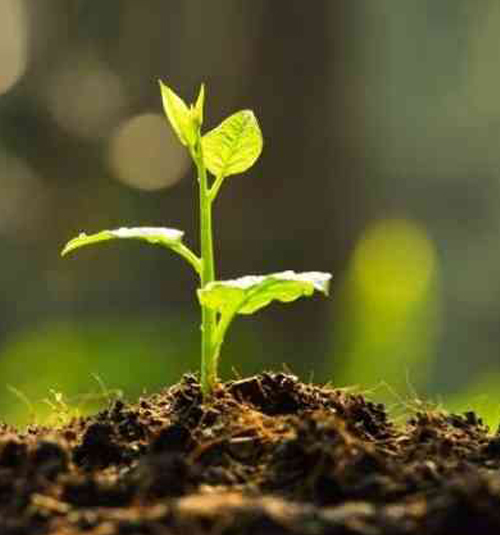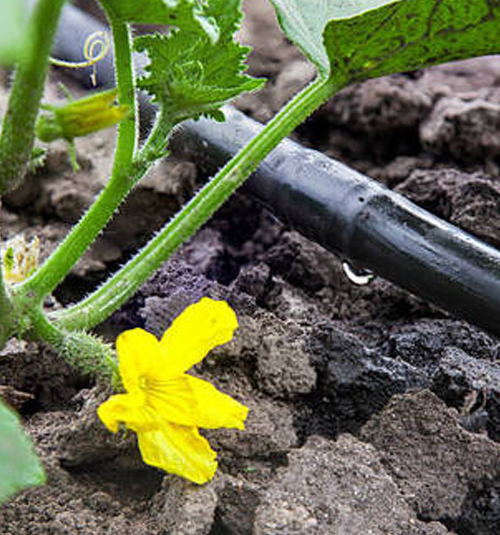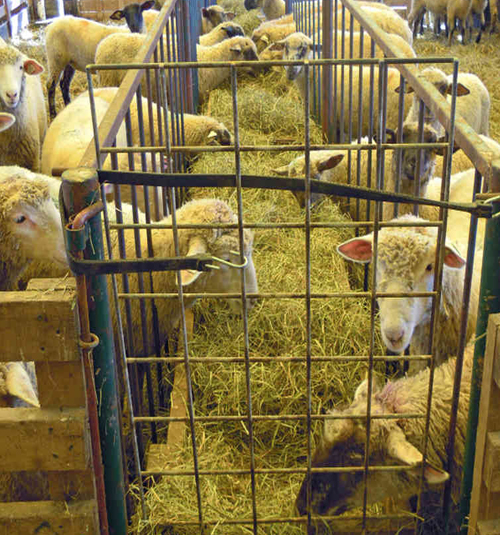Key Factors
Soil
Any type of soils with good drainage. It can be successfully grown in saline, acidic and alkaline soils. Tolerates sodium levels up to 30% and pH up to 9.5. Tolerant equally to severe cold and hot climates up to 46 °C. Leaf fall start in summer and trees enter into dormancy from March to May. Most suitable for dry arid climates.
Climat
Amla tree is tough and resistant to exploits of climate. It bears mild snowfall during winter months in the forest of Western Himalayas and tolerates extreme heat and dry atmosphere in tropical India. It is sensitive to prolonged freezing temperatures and grows best when it is not exposed to frost.
Spacing
Space the Amla tree approx. 20-30 feet away from each other. However, in forests, these trees grow more densely.


